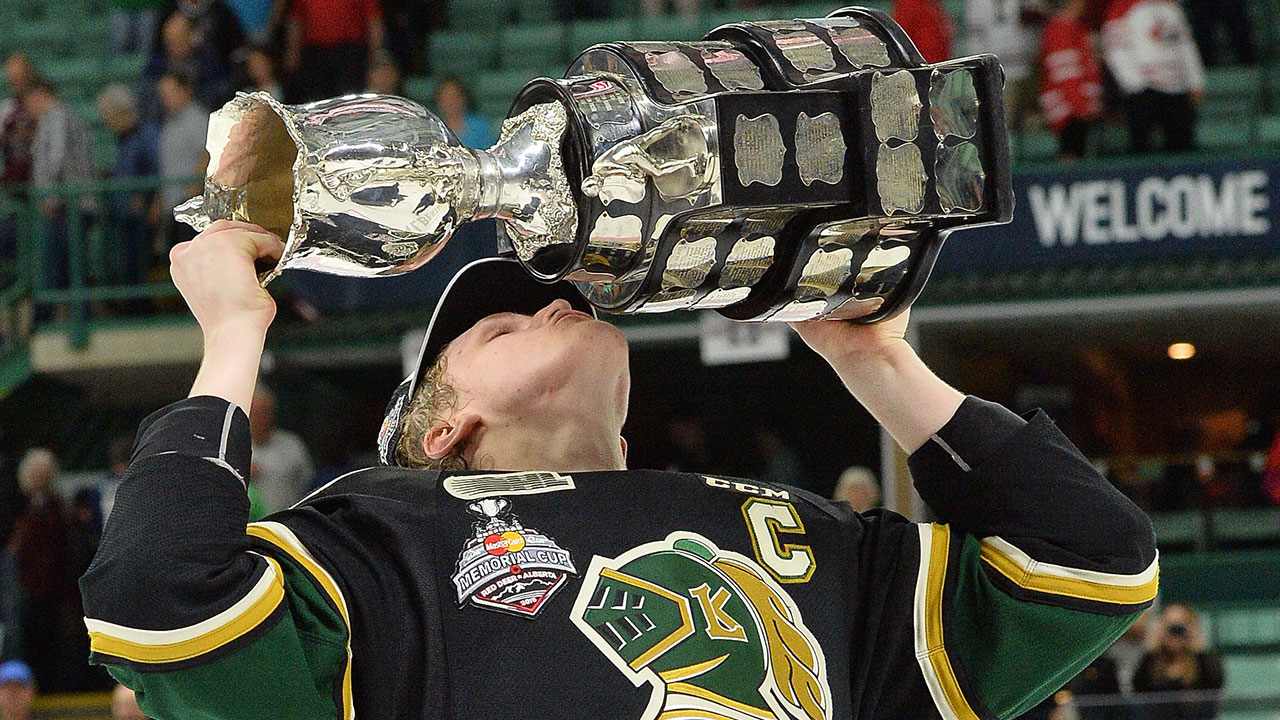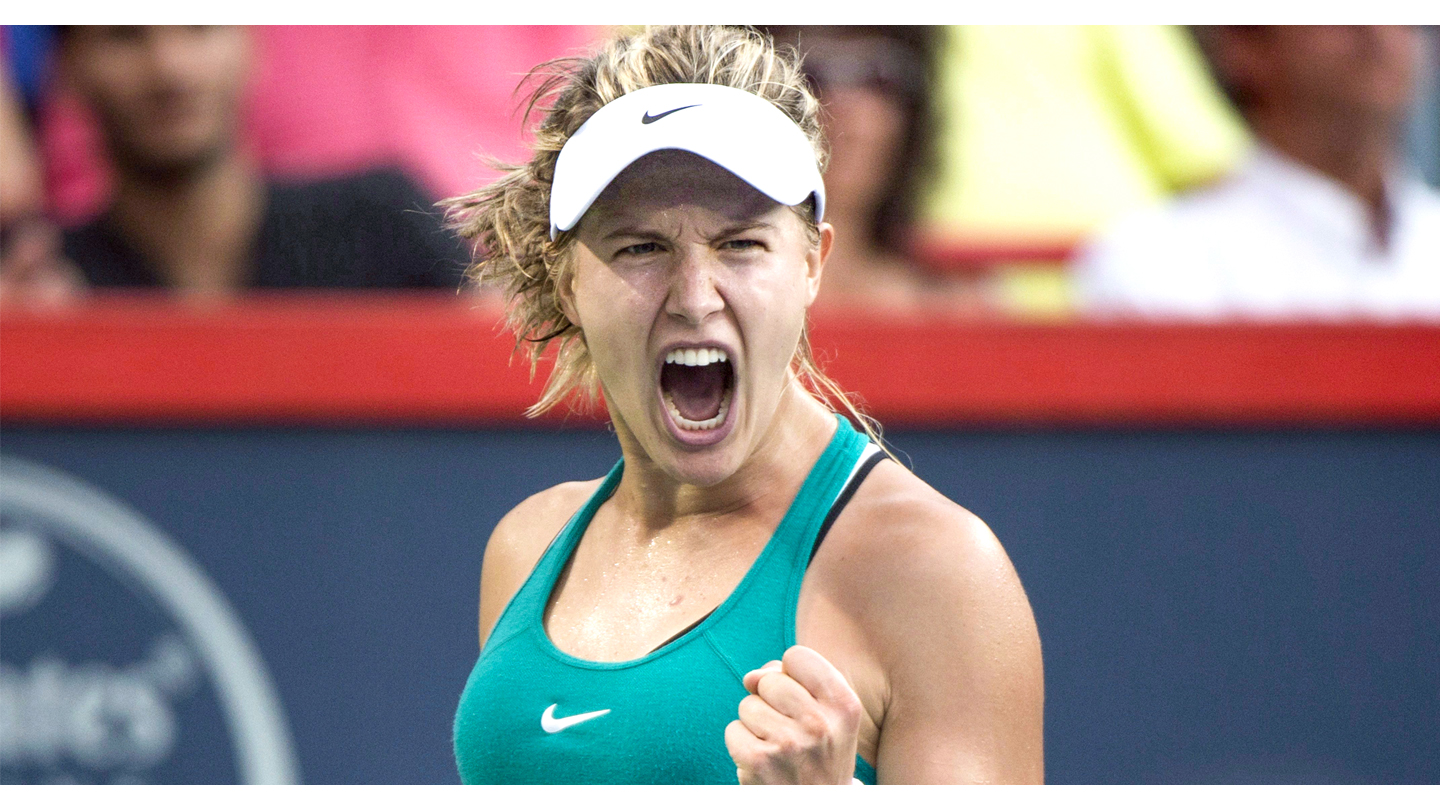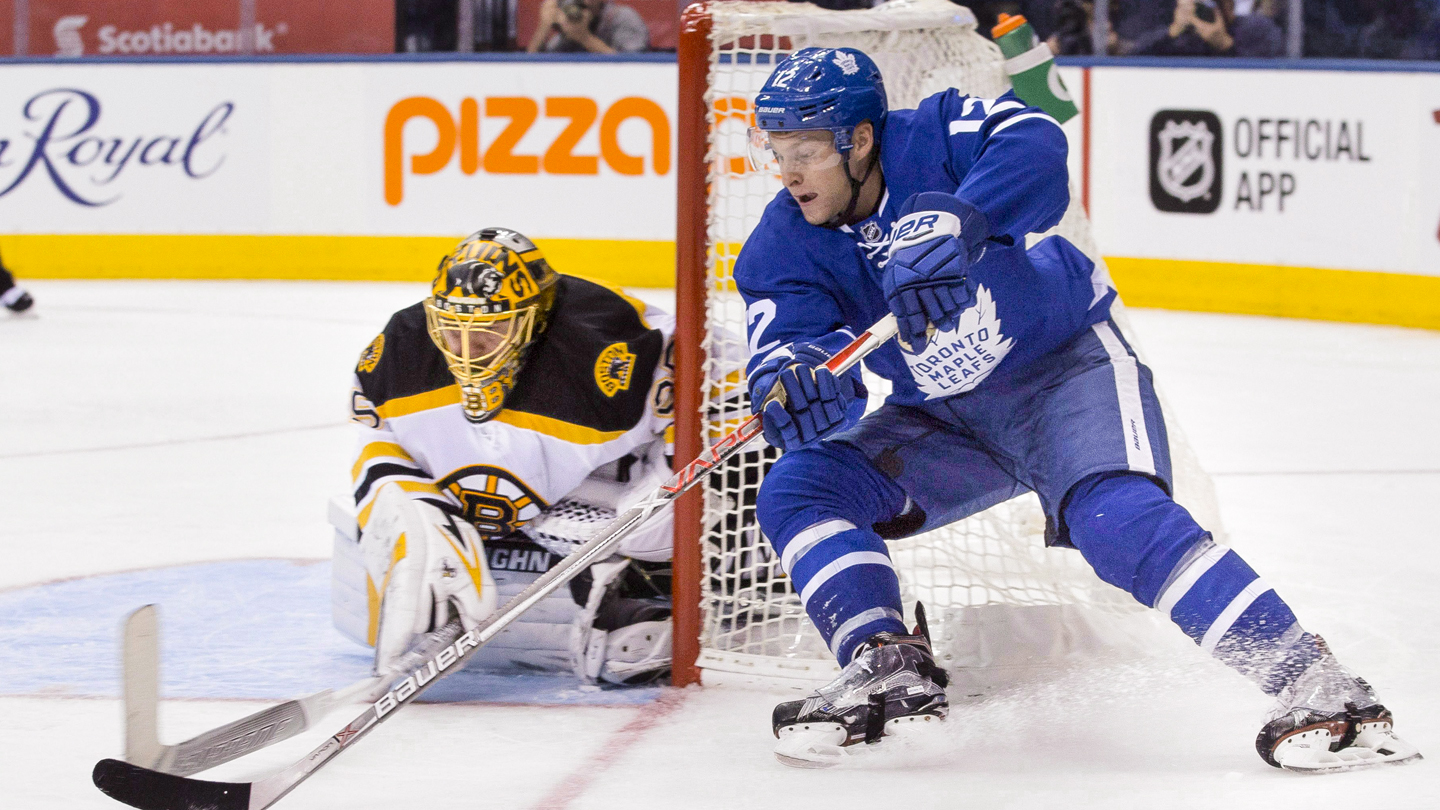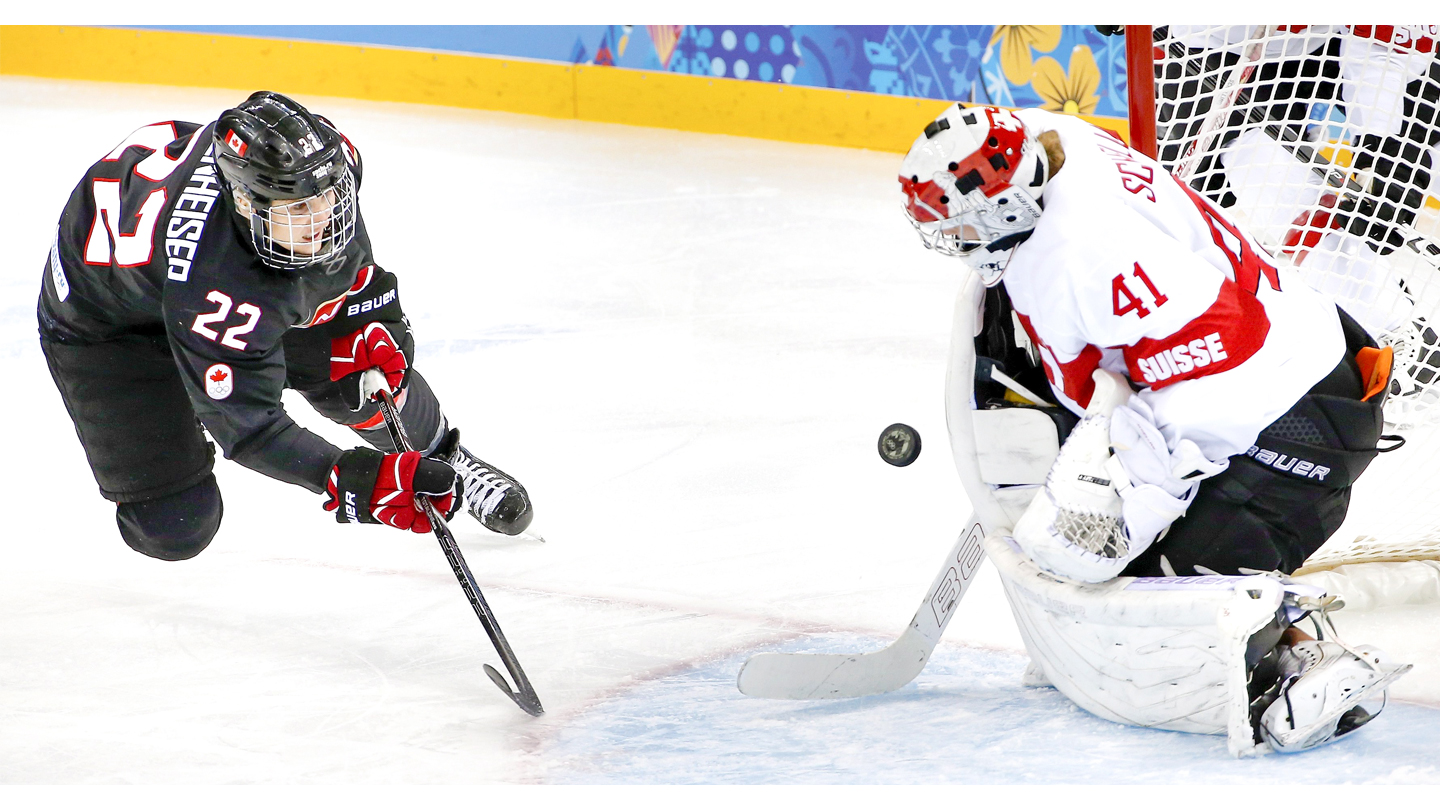Bill Wetton used to recognize the faces in the crowd, but on his trips to the Hersey Centre in Mississauga, Ont., these days he’s greeted by a dwindling few. The 51-year-old sits in the same spot every game, between the blueline and centre ice, across from the home bench, in the last row before the mostly vacant luxury boxes. The seat is never actually his—just the one he faithfully claims, because it is never sold—and he doesn’t bother to locate the one assigned to the ticket he bought. He wears a blue Mississauga Steelheads hoodie, supporting the third version of the team he’s cheered for since the OHL expanded in the Greater Toronto Area back in the late 1990s. It’s the start of the third period and the Steelheads trail the Hamilton Bulldogs 6-2.
In the nearly two decades he’s been a loyal patron of junior hockey in the large city attached to Toronto’s western hip, Wetton has witnessed few glimmers of success—glorious but all-too-short years when it looked like something sustainable was being built—but he has mostly watched the experiment wither. With an announced attendance of 3,568 fans tonight in an arena that seats 5,000, the crowd around Wetton is spread a bit thin, but this is a good draw by Mississauga standards. “It’s not a hockey town,” says Wetton, of the city he has lived in his whole life. “It’s really not.”
The team usually sells about 3,000 seats, as much as a third of which go to a series of local minor hockey teams that then sell the tickets as a fundraiser. A different team is represented each game, putting young hockey-loving families in the stands. On this snowy December night, there are more sweaters bearing the logo of the Mississauga Phantom Wolves, a house league and A-level rep organization, than the Steelheads. The margin isn’t close.
While management hopes that grassroots partnerships with minor hockey will increase support for the Steelheads, many of the families the fundraisers pull in are one-and-done. If junior hockey in the GTA has proven one thing, it’s that the “if you build it, they will come” thing usually only works in movies.
Dedicated fans like Wetton have always been rare in Mississauga, but the team is hoping to change that. Since the Steelheads were born five years ago, optimism about the long-term viability of the franchise has run high, but profits have not. In fact, profits haven’t run at all; the team has lost money every year since the blue-and-white fish took the ice. A looming class-action lawsuit that seeks to have CHL players considered employees—earning minimum wage, holiday and vacation pay—has brought a new source of uncertainty surrounding the financial stability of the team. Today, the Steelheads are all that remains of major junior’s expansion into the region. And with classic markets across Ontario now extinct—like Belleville—or in peril—like Peterborough—an old question feels freshly urgent just west of Toronto: can junior hockey survive in Canada’s most-populated market?
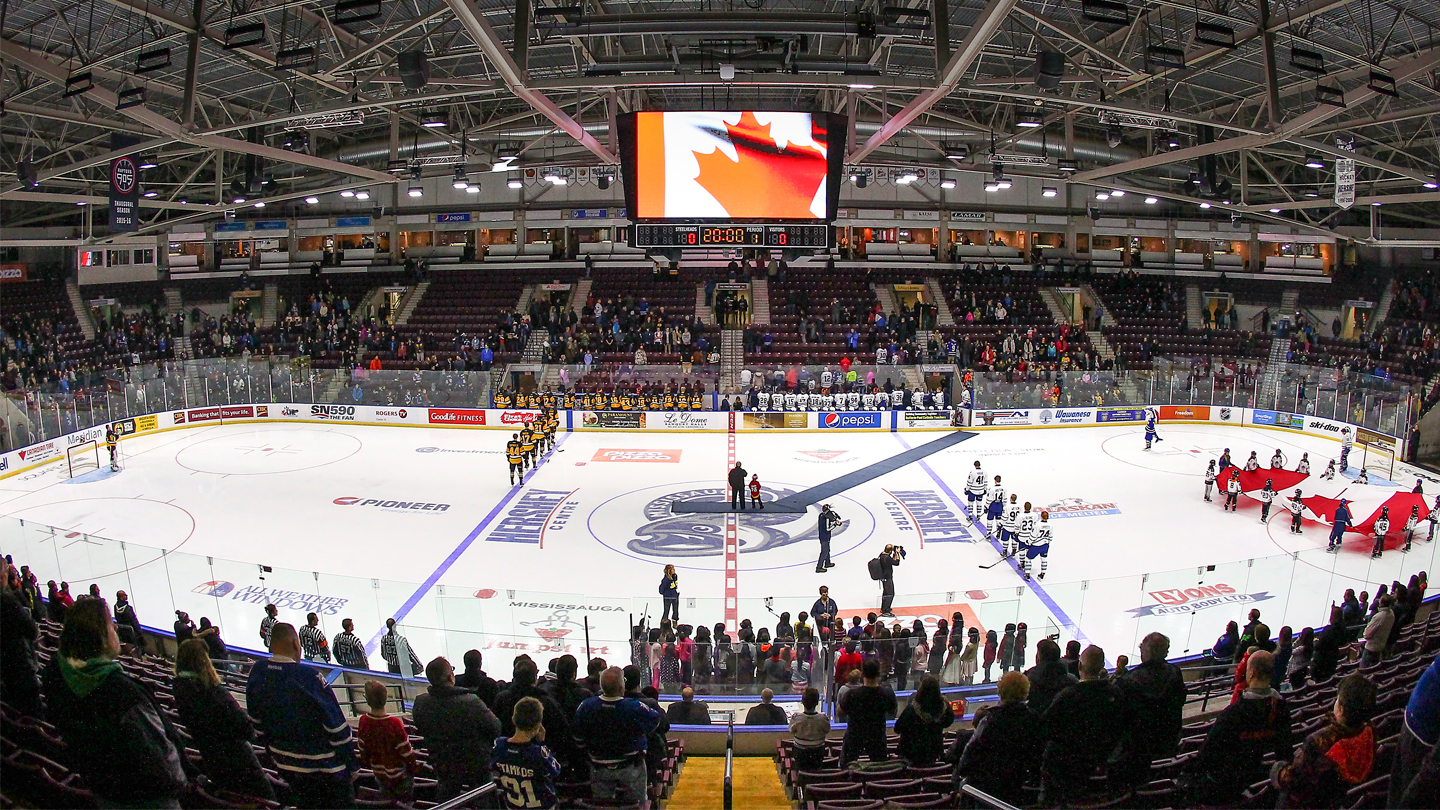
When Elliot Kerr purchased the Mississauga franchise five years ago, he knew he was taking on a sizable challenge. Kerr, who’s in his early 60s, grew up watching the St. Catharines Black Hawks play at the old Garden City Arena in his hometown. The team was the junior hockey affiliate of the Chicago Black Hawks. Young fans like Kerr got into the rink for free on Sunday nights after the second period, and they watched wide-eyed as future NHL stars like Marcel Dionne played beneath the lights.
Having made his fortune founding and running a sports and talent marketing firm, Landmark Sports Group, Kerr says he was determined to keep junior hockey in the Mississauga area. It was a community he’d called home for 25 years, and he believed the Steelheads’ on-ice product could be vibrant and viable over the long term.
The OHL’s late-‘90s expansion brought three new junior teams to what the league believed to be a potential junior hockey hotbed. The historic Toronto St. Mike’s Majors brand was revived and attached to a new OHL team, and the Brampton Battalion and Mississauga IceDogs were born a year later.
The IceDogs played their inaugural season in 1998. The team was owned by a group that famously included Don Cherry, but Kerr also held a minority share. It was a difficult first decade for the IceDogs, who lost often and—just as often—failed to fill the seats at the state-of-the-art Hershey Centre, built in an industrial area at the junction of three major highways. Attendance peaked at about 3,700 per game in 2004-05, when the IceDogs won the Central Division title, but it mostly hovered between two and three thousand.
Eugene Melnyk bought the IceDogs in 2006 with the intention of selling the team so he could move the Majors, which he also owned, into the Hershey Centre. He accomplished both those goals in 2007. The IceDogs moved to St. Catharines and the Majors took their place in the Hershey Centre. While junior hockey hadn’t actually left town, fans loyal to the IceDogs were angry about the move and many refused to support the Majors, who had been a divisional rival. (IceDogs fans still turn up to cheer for Niagara when the team comes to town, says Wetton.)
In 2011, Mississauga hosted the Memorial Cup. The Majors were the best team in the OHL that season, finishing with 108 points. In the playoffs, they made it to the OHL championship where they fell to Owen Sound in seven games. Despite that success, the team only averaged around 3,000 fans a game during the regular season and sold out the Hershey Centre just once in the playoffs.
As the host team, the Majors had an automatic spot in the national championship. They made it all the way to the final, where they lost 3-1 to the Saint John Sea Dogs. The Cup was well attended, with nearly 50,000 fans taking in games during the tournament, but Mississauga residents didn’t pay much attention.
“Once you leave the hotel, you wouldn’t know there’s a Memorial Cup,” Gerard Gallant, the Sea Dogs head coach, told the National Post during the tournament. “We were walking around the city the other day and a few people asked what’s going on. When we told them, some of them had no idea what we were talking about.”
Despite their run to the OHL and Memorial Cup finals, the next season the Majors finished last in the central division and their average attendance dipped below 2,500—second-worst in the league.
That year, after five seasons in the owner’s box, Melnyk sold the franchise to Kerr.

With Mississauga’s population climbing above 700,000, there’s no shortage of people for the Steelheads to try to lure to their games, and Kerr considers the team’s market to extend to surrounding communities like Oakville, Milton, Etobicoke and Brampton—whose Battalion played right down the street from the Hershey Centre until dismal attendance sent the franchise packing for North Bay in 2013.
A condition of the sale to Kerr saw the Majors moniker returned to St. Michael’s College. Hoping to create a new connection to the local community, the team launched a contest to come up with a new identity. Eventually named for the trout that swim up the Credit River every year, in asking local fans to support a third team in the span of six seasons the Steelheads were certainly moving against the current. When members of the team’s marketing staff reached out to local businesses to build partnerships, some of the people they spoke to hadn’t even realized the IceDogs had left. Meanwhile, Mississauga’s original major junior fans, having never taken to the Majors, didn’t seem inclined to support the team just because it had a new look.
Despite those drawbacks, Kerr relished opportunity to build something—even if it took more of his time and money than he’d initially anticipated.
“It’s an interesting market,” he says of Mississauga. “Here’s the sixth-largest city in Canada—no daily newspaper, no radio station and no television station. On top of that, the competition for the entertainment dollar is a challenge, and it has been for many years.”
With the historical odds against them, the Steelheads set out to create a recognizable brand on and off the ice. The team’s front office looked around what appeared to be an OHL wasteland and took what pride they could from the fact that they were the last group standing.
“It was basically growing the team from the ground up,” says Alana Davidson, the team’s manager of marketing and community relations. “It was a huge challenge when we were out in the community trying to make a name for ourselves—mostly just a lot of educating people to let them know that there is an OHL team in Mississauga.”
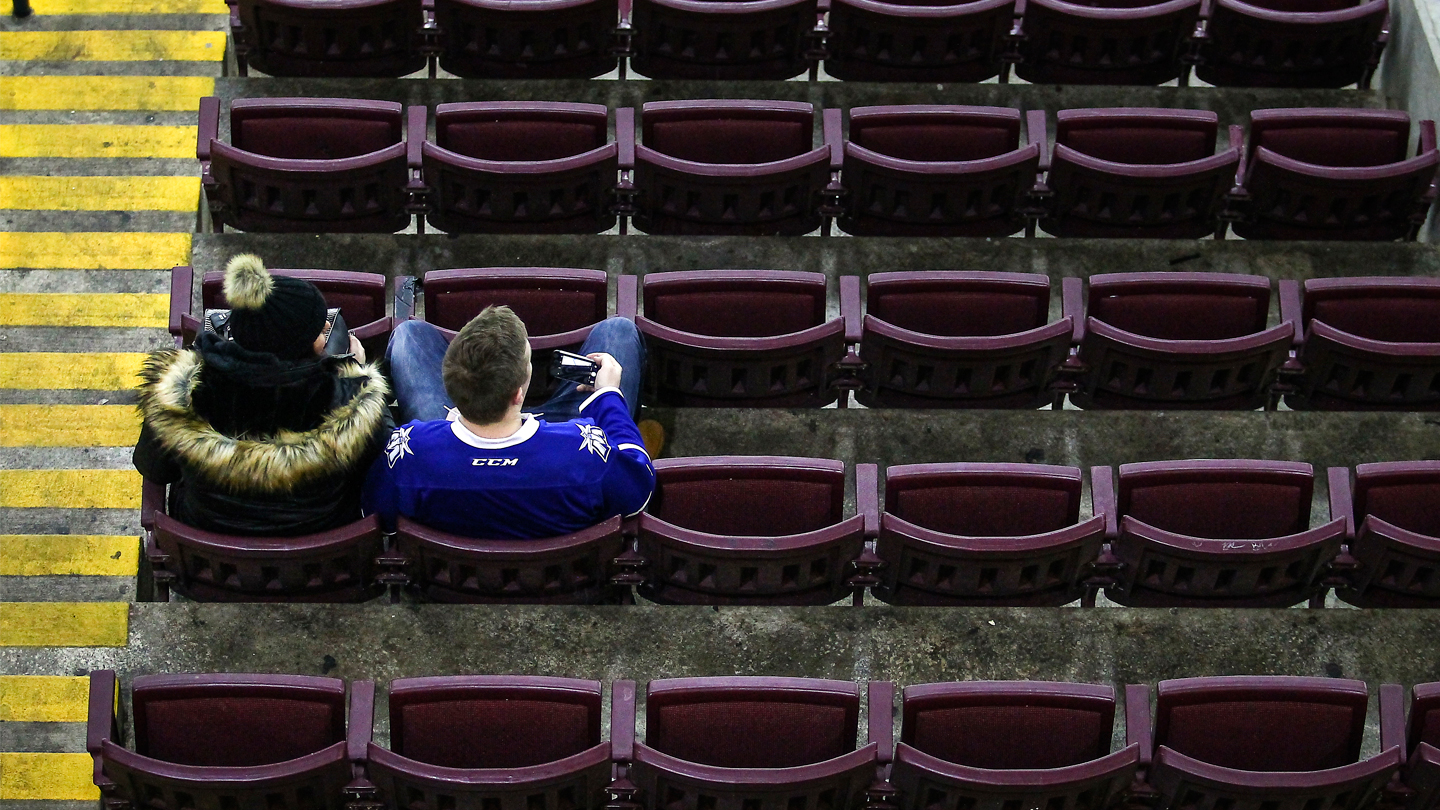
Major junior may have struggled to find its footing, but minor hockey was a huge focus in the area. The Steelheads partnership with the Mississauga Hockey League has brought out as many as 1,000 fans with ties to area minor hockey teams to Steelheads games. Players for clubs like the Phantom Wolves then get to take the ice for scrimmage during intermission. The Steelheads also connected with local schools to offer the services of their players, who read to students and speak at assemblies.
Business partnerships were a separate but equally difficult challenge. The team works with larger brands like Pepsi and Pizza Pizza, but also with local restaurants and companies. The industrial location of the Hershey Centre makes it difficult to build on the feel of integration into a downtown area that arenas in some other junior markets can benefit from. But after a couple of years of struggling, they’ve started to build more corporate partnerships. While season tickets have seen a slight uptick, corporate partnerships have grown considerably of late, says Matthew Appleby, the team’s manager of business development and partnerships.
Though it’s difficult to measure exactly what those off-ice efforts have meant to the team’s popularity in the city, Steelheads general manager James Boyd gives the front office staff a lot of credit for increasing attendance to about 3,000 fans per game—up from about 2,000 five years ago. Still, that’s not a lot. The Steelheads remain in the bottom half of league attendance. They’re doing better than the Peterborough Petes, as that historic franchise grapples with the reality that it might soon have to leave town. But they’re still a couple thousand people a night shy of what the Oshawa Generals attract on the other side of Toronto, albeit in a more defined community.
A solid product on the ice can help, Boyd says, but even with a contending team the franchise will continue to fight for attention beyond the small, strong core of loyal fans he sees at every game. “The reality here is we have to sell every single ticket for every single game,” says Boyd, meaning that without a large number of season-ticket holders, the team has to work to bring in new fans every night.
Boyd, 40, has been with the franchise since he was hired as an associate coach with the Majors in 2004. (He is also a graduate of St. Michael’s College.) Boyd took over as head coach in the team’s final season as the Majors and remained at the helm until this season, when he stepped aside to focus full-time on his duties as general manager. He remembers drawing 800 or less fans per game back at the old St. Mike’s Arena, before the move to Mississauga. He’s seen the fan base slowly build, through the friction of that first season after the IceDogs left and through the name change that made the team seem like a brand new expansion coming out of nowhere.
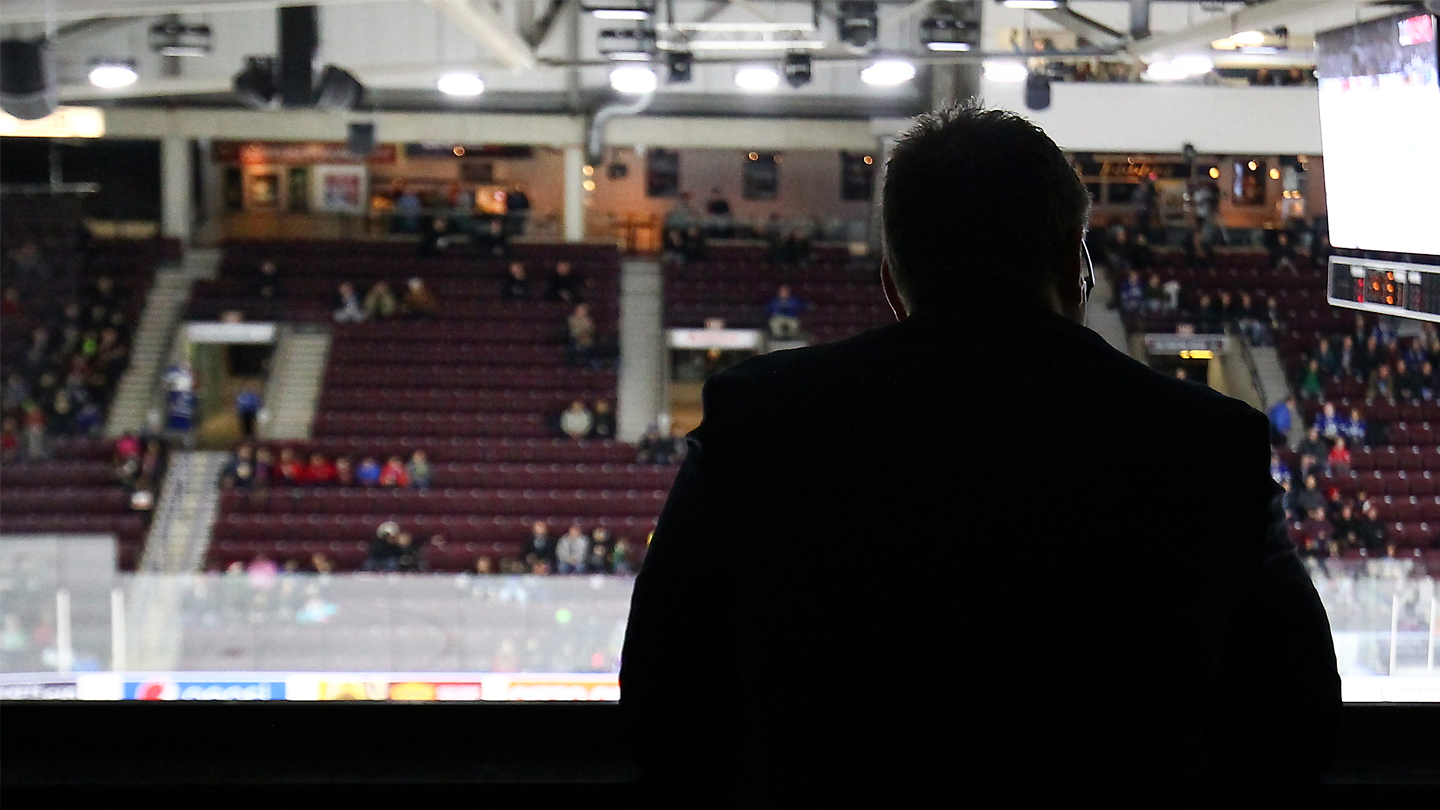
“[The franchise] is a long-term project,” he says. “But we’re headed in the right direction.”
Five Steelheads were drafted to the NHL last year, a record for the franchise. This season, there were high hopes for the team, which boasted a roster built with a series of high OHL drafts picks that pundits believed would put them at the top of the standings. But so far the Steelheads have hovered around .500—and once again the team’s attendance has sunk to second-worst in the OHL, ahead of only the Peterborough Petes.
Still, the team has faith in the strategy of building long-lasting ties with youth in the western GTA. The current iteration of the Steelheads boasts several players who were raised in Mississauga, including Michael McLeod who went 12th overall to the New Jersey Devils in the 2016 NHL Draft. (The Steelheads’ Alex Nylander, younger brother of Toronto Maple Leaf William, went eighth overall to the Buffalo Sabres.) McLeod’s younger brother, Ryan, is also on the team, and is expected to be a top pick in the 2018 NHL Draft.
The local talent helps draw young fans to the franchise, Kerr says. He wants the Steelheads to become a vital, engaged part of the community—to give young fans local idols like the ones he watched on those Sunday nights in St. Catharines.
Five years in, he’s still losing money on the Steelheads each year. The team provides its players with tutors (every player has to attend school); medical care through the Cleveland Clinic; a team dentist, physical therapist and strength coach; and media training. “We know that not everyone makes the NHL, so it’s very important that we provide these opportunities for kids to succeed once they’ve graduated from our league,” says Kerr.
That’s on top of the hockey operations full-time staff of coaches, management and scouts that work to bring a winner to Mississauga. All in, it costs a lot. But Kerr, who attends every home game with his twin 11-year-old kids, says he’s never seen the mounting losses as a burden.
According to financial documents filed by the OHL as part of the pending class-action lawsuit, six of the league’s 20 teams have failed to break even in any of the past five years, and nine have averaged an annual loss greater than $100,000 over that span.
“I believe in the market, I believe in the franchise, and I believe in the game,” Kerr says. “At the end of the day, if we get it to break even, I’ll be fine. We’re not there yet. We’re a long way from being there … [but] I’ve been doing it with eyes wide open, with belief that we will make it work in the long term.”
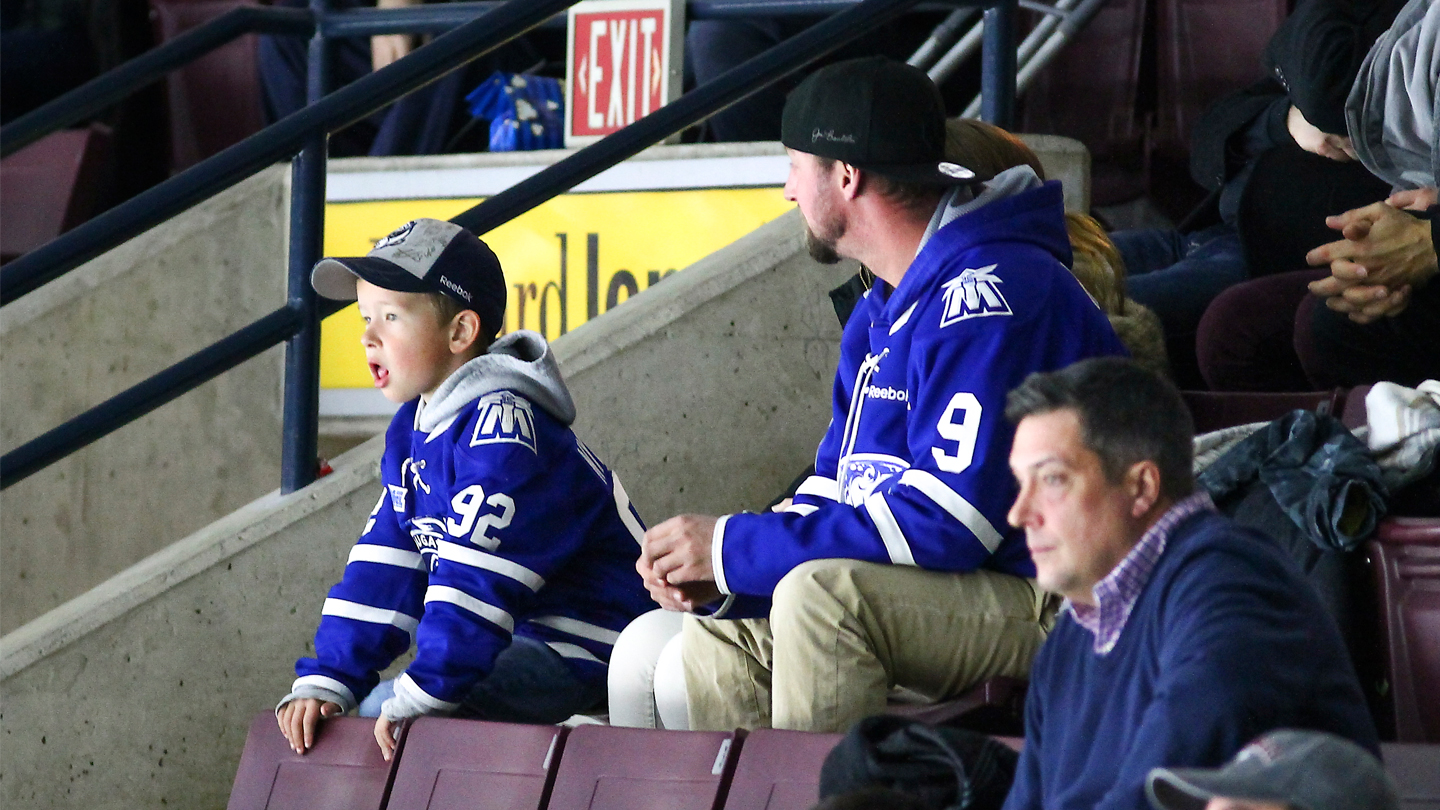
Back in the scattered crowd, Bill Wetton finds hope in a couple of third-period goals by the Steelheads. The team’s five-game winning streak is about to end, but there are glimmers of a contender in this year’s club. He points out a young family a few rows down he sees at almost every game—two of the few faces he recognizes. Reason for a different kind of hope.
If Wetton represents the old Mississauga faithful, six-year-old Izaiah Tucker is a sign of the start of something new. His dad, Micky, takes him to every Steelheads game he can. They used to be Battalion fans but embraced the Steelheads when their team left Brampton. Izaiah is known for the solid high-fives he gives the players as they come off the ice. He often wrestles with the team’s giant fish mascot during breaks in the game action.
Micky looks at Izaiah, whose eyes are locked on the ice late in the third period with the Steelheads about to lose. “It means the world,” Micky says of the time spent loving a game and a team with his son. That shared connection is enough to carry the Tuckers through an ugly 7-4 loss, and enough to get them back out the next time the Steelheads take the ice. But they’re the diehards. And alone they’re not enough.
The difference between survival and extinction for the Steelheads will ultimately come down to finding a way to turn Mississauga into a hockey town.

